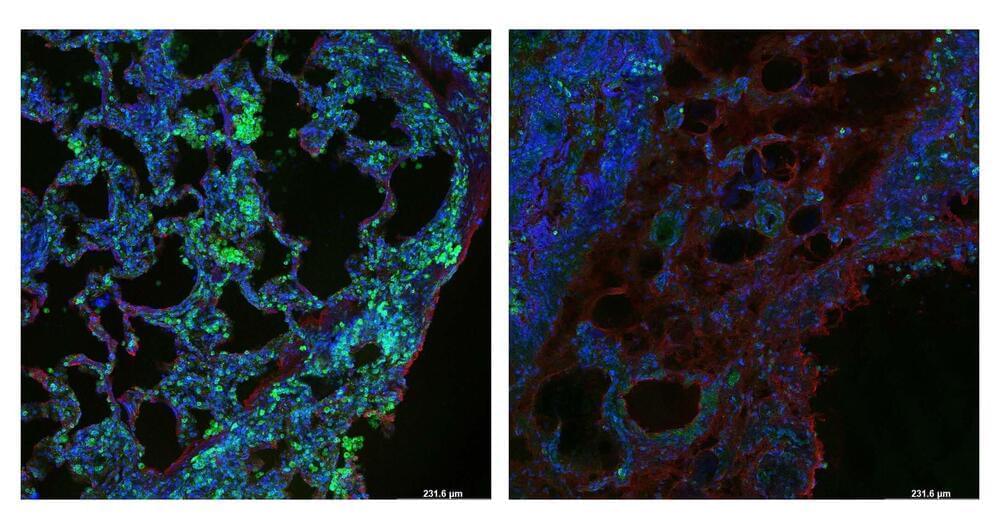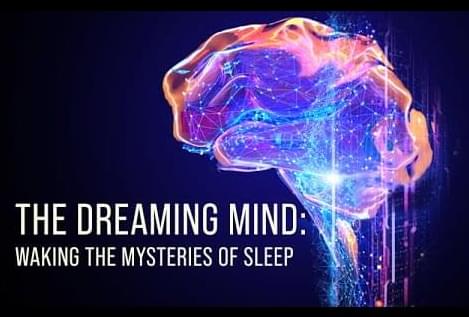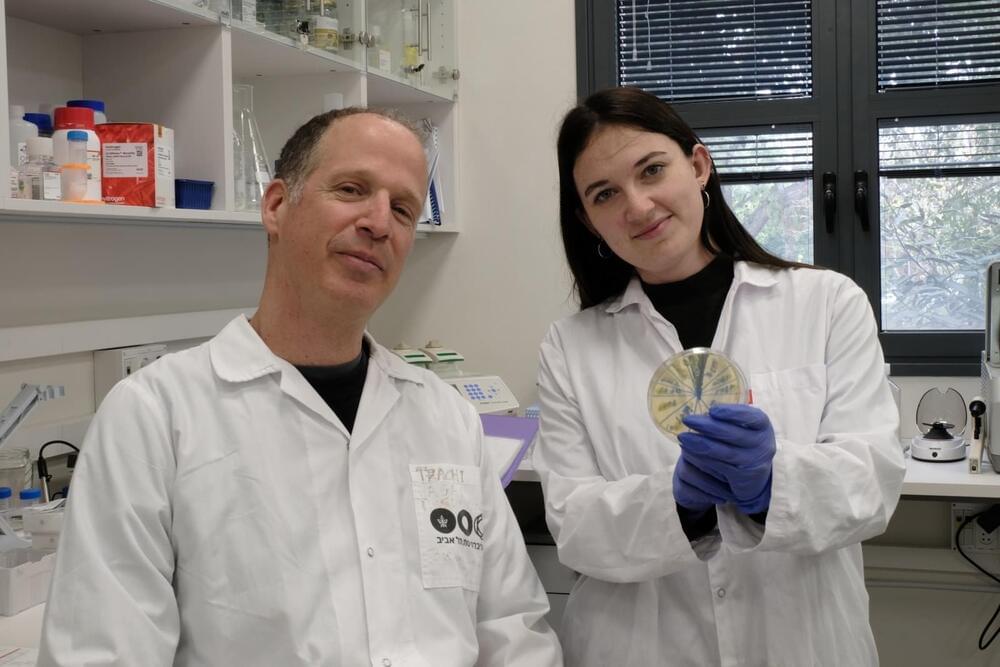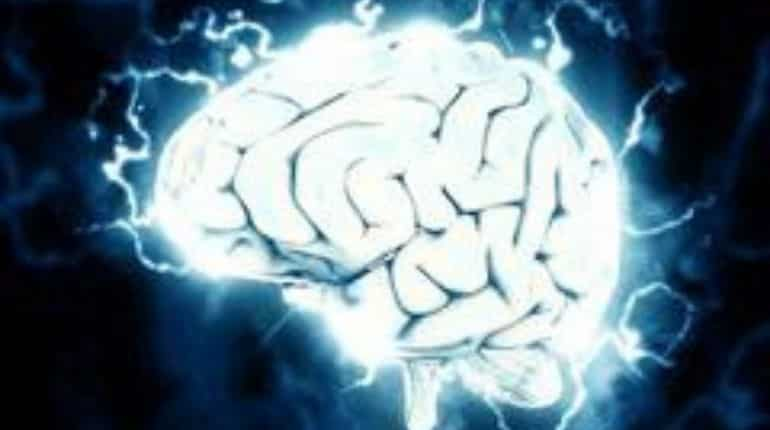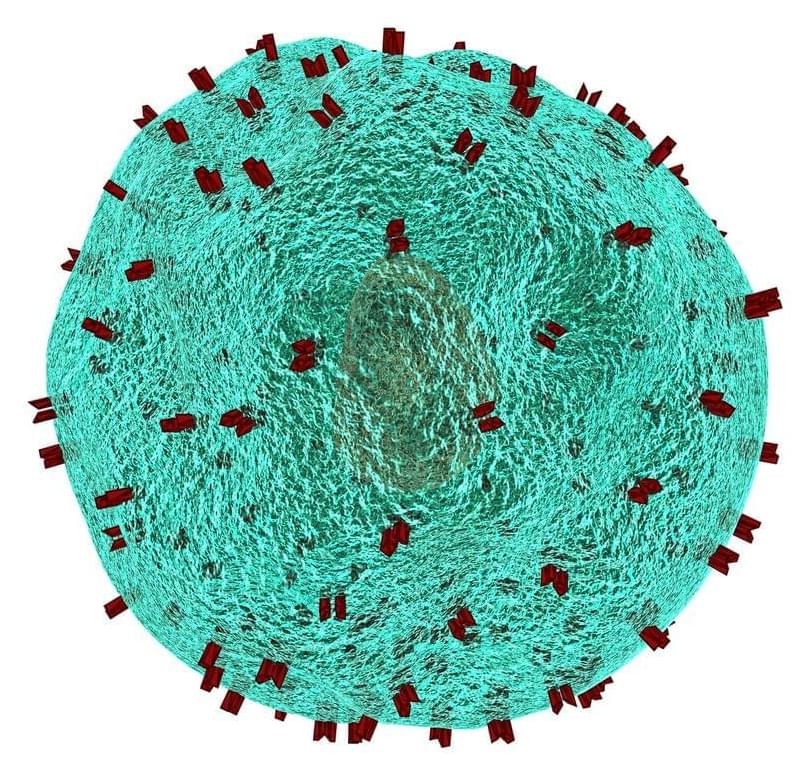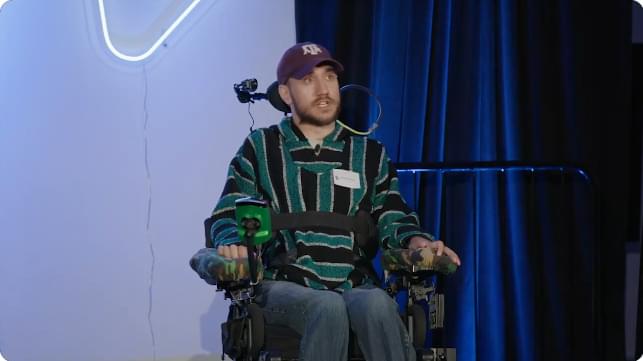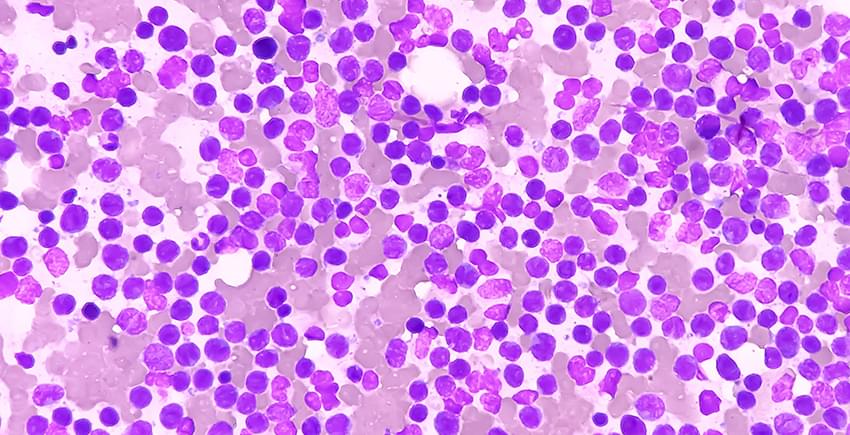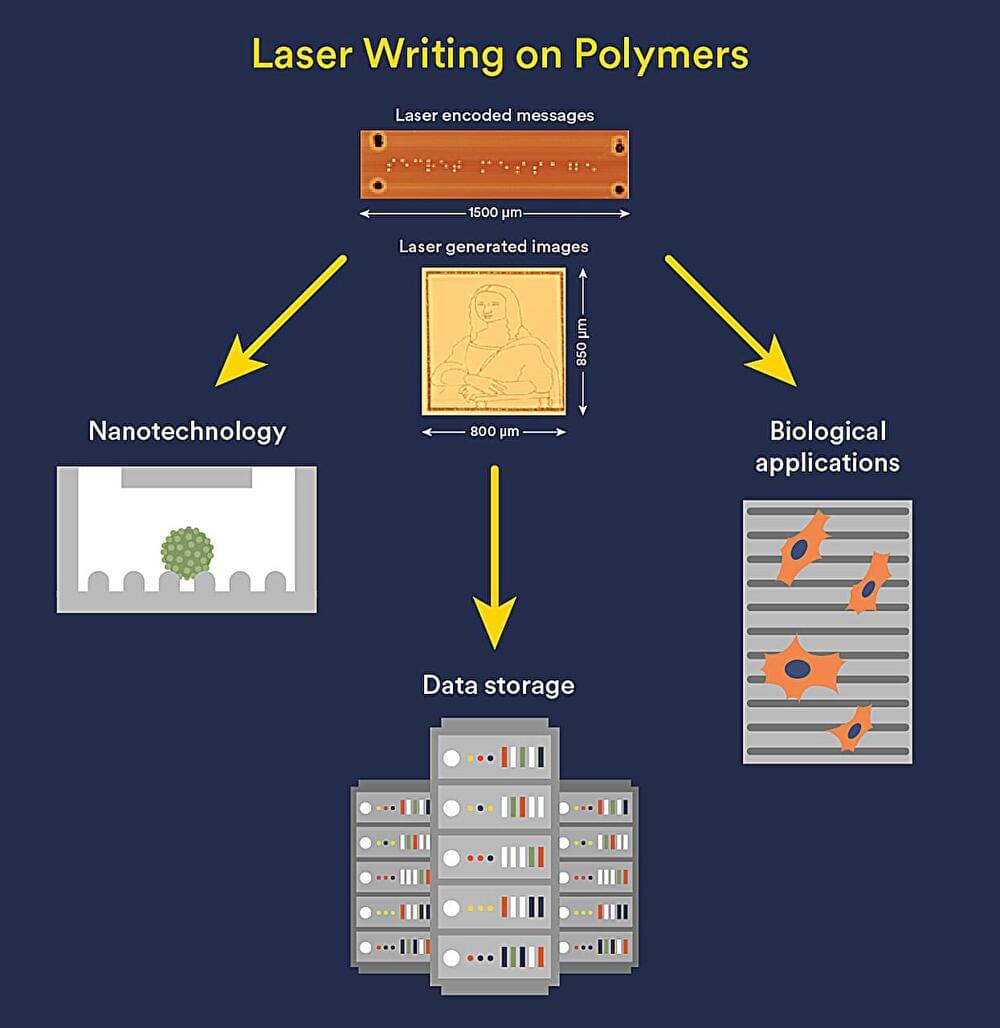Mar 27, 2024
Researchers identify protein sensor that plays a role in lung fibrosis
Posted by Shubham Ghosh Roy in categories: biotech/medical, electronics
Researchers at Weill Cornell Medicine have discovered a protein called SEL1L that plays a critical role in clearing collagen from tissue, and that may be a therapeutic target to help prevent fibrosis, scar tissue that interferes with organ function. The paper, published on Feb. 20 in Nature Communications, provides clues that could lead to drug development for diseases like lung fibrosis which have no therapeutic options currently.
